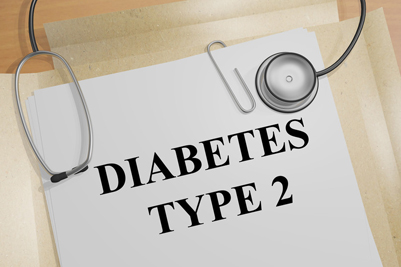 Specialists in internal medicine use customized EMR software integrated with internal medicine transcription services to ensure complete, up-to-date medical records and provide timely, quality care. Diabetes is one of the most common conditions in patients seen by internists. However, what’s worrying is that many cases go undetected, eventually leading to serious health complications.
Specialists in internal medicine use customized EMR software integrated with internal medicine transcription services to ensure complete, up-to-date medical records and provide timely, quality care. Diabetes is one of the most common conditions in patients seen by internists. However, what’s worrying is that many cases go undetected, eventually leading to serious health complications.
Linked to a variety of serious complications and co-morbid conditions such as hypertension, cardiac disease, kidney disorders, diabetes was the seventh leading cause of death in the United States in 2010. Now, ULCA researchers report that the information that a patient’s electronic health record contains can prove invaluable in detecting undiagnosed Type 2 diabetes. This can prevent complications and save lives, says the study.
The ULCA researchers began mining thousands of electronic health records in health care facilities across the U.S. in 2012. Their goal was to develop a more accurate and cost-effective way of identifying people who have undiagnosed Type 2 diabetes using the records which included information on vital signs, prescription medications and reported ailments, categorized according to the ICD diagnostic codes.
The team was able to:
- Develop a screening algorithm that can vastly increase the number of correct diagnoses of the disease by refining the pool of candidates put forward for screening
- Discover several previously unknown risk factors for diabetes, including a history of sexual and gender identity disorders, intestinal infections and a category of illnesses that includes such sexually transmitted diseases as Chlamydia
- Determine certain factors that appear to be related to a lower risk for diabetes such as being prone to migraines and taking anti-anxiety and anti-seizure medications
They found that people’s risk for Type 2 diabetes was higher by about 130 percent with a diagnosis of sexual and gender identity disorders, by 82 percent with a history of viral infections and Chlamydia, and by 88 percent with a history of intestinal infections such as colitis, enteritis and gastroenteritis.
One of the lead researchers pointed out that the overall message is that ordinary record keeping that doctors do is a very, very rich source of information. Using a computerized approach to study patterns in that data helps physicians greatly improve diagnosis and medical care, they noted.
The importance of internal medicine transcription service in ensuring accuracy in medical documentation hardly needs to be stressed. Today, the role of a medical transcription company has evolved to keep pace with the adoption of electronic health records. While EHRs and the increasing use of structured templates are here to stay, in many situations, the cookie-cutter templates cannot create a complete picture of the patient’s health. This would affect any type of research such as the ULCA study which was based on a comprehensive analysis of electronic health records over a period of several years. As physician needs, documentation requirements, EHR use, and research goals combine, health care organizations need to optimize dictation and medical transcription along with their EHRs.


